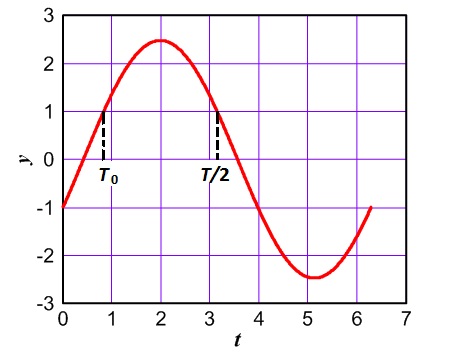Biryukov Equation on:
[Wikipedia]
[Google]
[Amazon]
 In the study of
In the study of
 In the study of
In the study of dynamical system
In mathematics, a dynamical system is a system in which a Function (mathematics), function describes the time dependence of a Point (geometry), point in an ambient space. Examples include the mathematical models that describe the swinging of a ...
s, the Biryukov equation (or Biryukov oscillator), named after Vadim Biryukov (1946), is a non-linear
In mathematics and science, a nonlinear system is a system in which the change of the output is not proportional to the change of the input. Nonlinear problems are of interest to engineers, biologists, physicists, mathematicians, and many other ...
second-order differential equation
In mathematics, a differential equation is an equation that relates one or more unknown functions and their derivatives. In applications, the functions generally represent physical quantities, the derivatives represent their rates of change, an ...
used to model damped oscillators
Oscillation is the repetitive or periodic variation, typically in time, of some measure about a central value (often a point of equilibrium) or between two or more different states. Familiar examples of oscillation include a swinging pendulum ...
.
The equation is given by
where is a piecewise constant function which is positive, except for small as
Eq. (1) is a special case of the Lienard equation; it describes the auto-oscillations.
Solution (1) at a separate time intervals when f(y) is constant is given by
where denotes the exponential function
The exponential function is a mathematical function denoted by f(x)=\exp(x) or e^x (where the argument is written as an exponent). Unless otherwise specified, the term generally refers to the positive-valued function of a real variable, a ...
. Here
Expression (2) can be used for real and complex values of .
The first half-period’s solution at is
The second half-period’s solution is
The solution contains four constants of integration , the period and the boundary between and needs to be found. A boundary condition is derived from continuity of and .Pilipenko A. M., and Biryukov V. N. «Investigation of Modern Numerical Analysis Methods of Self-Oscillatory Circuits Efficiency», Journal of Radio Electronics, No 9, (2013). http://jre.cplire.ru/jre/aug13/9/text-engl.html
Solution of (1) in the stationary mode thus is obtained by solving a system of algebraic equations as
The integration constants are obtained by the Levenberg–Marquardt algorithm
In mathematics and computing, the Levenberg–Marquardt algorithm (LMA or just LM), also known as the damped least-squares (DLS) method, is used to solve non-linear least squares problems. These minimization problems arise especially in least sq ...
.
With , Eq. (1) named Van der Pol oscillator
In dynamical system, dynamics, the Van der Pol oscillator is a Conservative force, non-conservative oscillator with nonlinearity, non-linear Damping ratio, damping. It evolves in time according to the second-order differential equation:
:-\mu(1-x ...
. Its solution cannot be expressed by elementary functions in closed form.
References
{{Reflist Differential equations Analog circuits